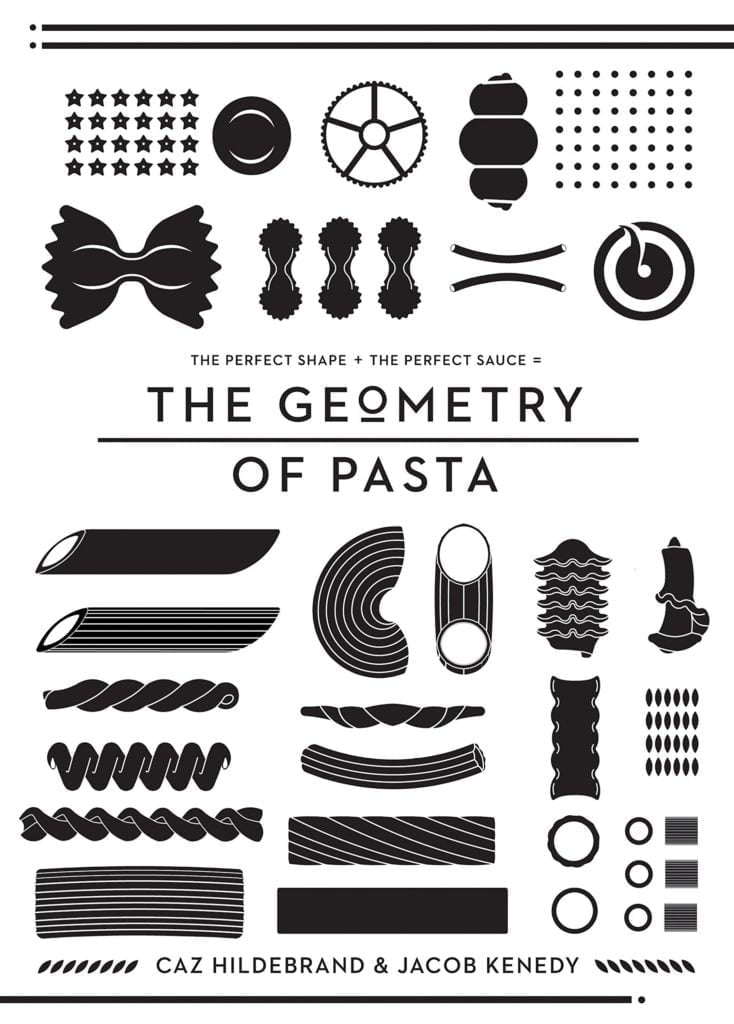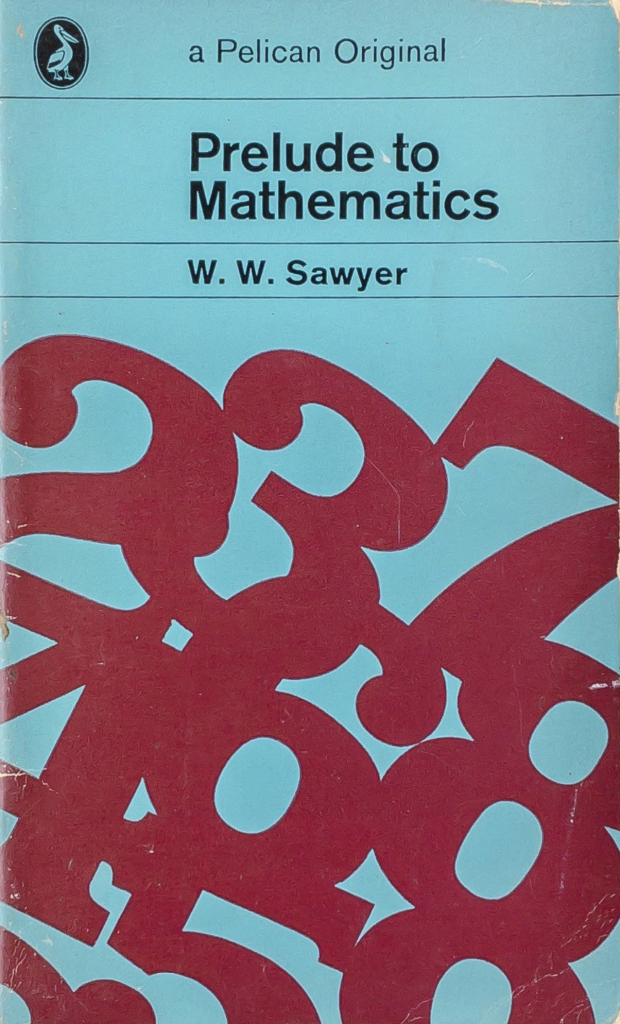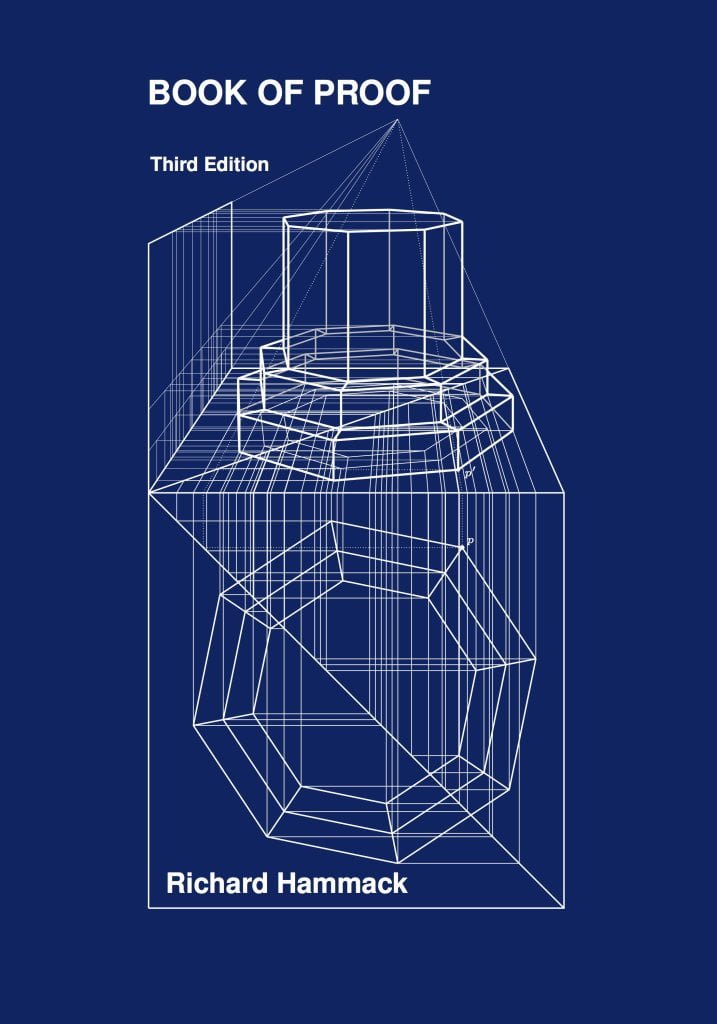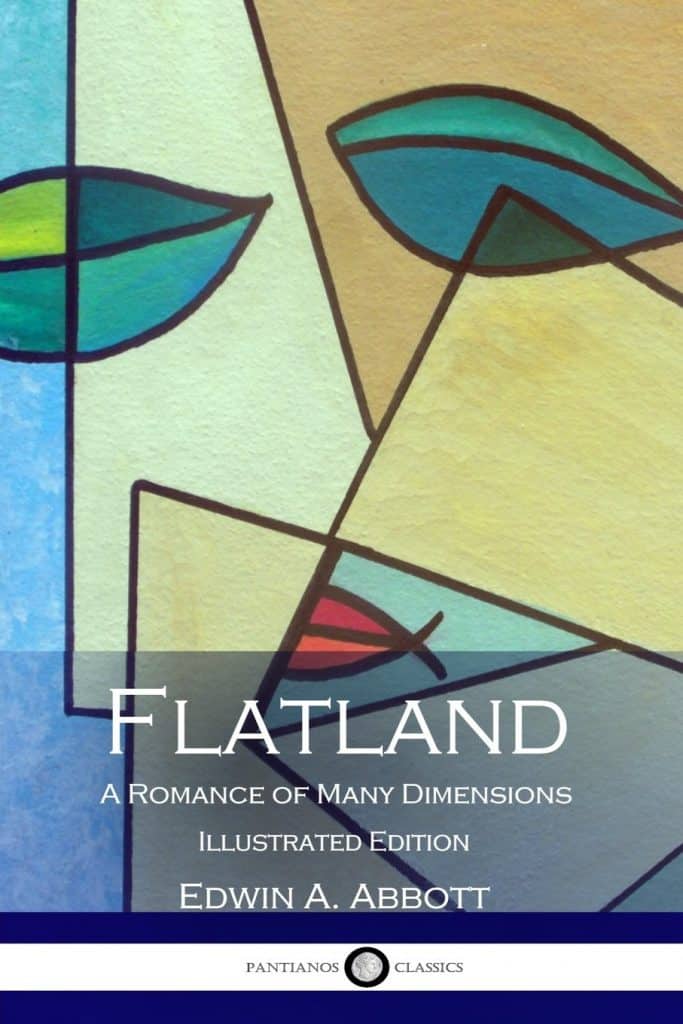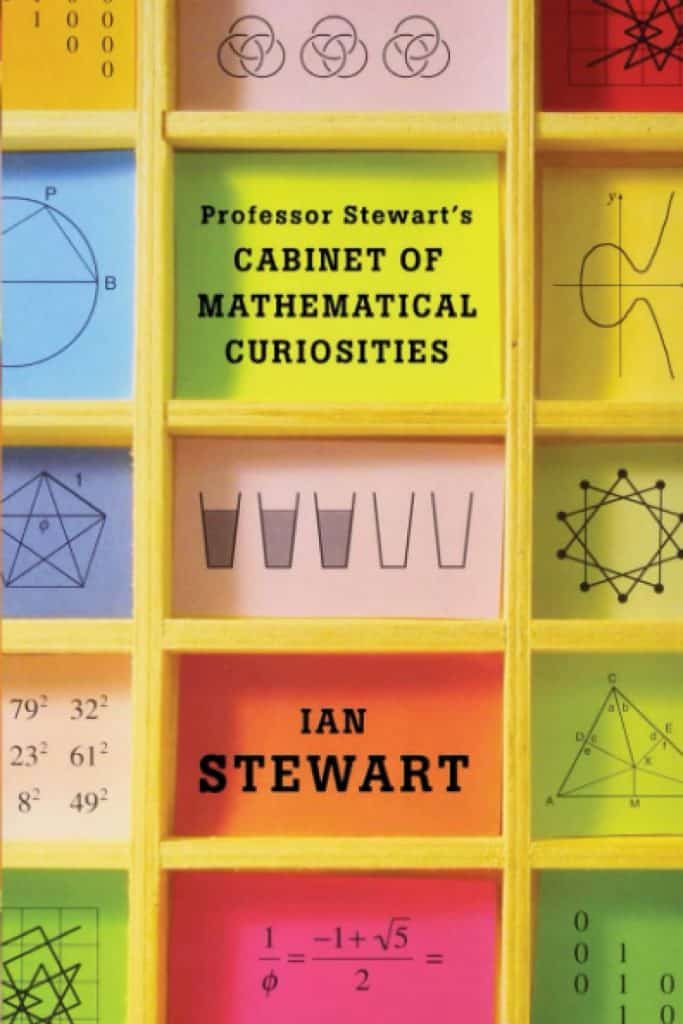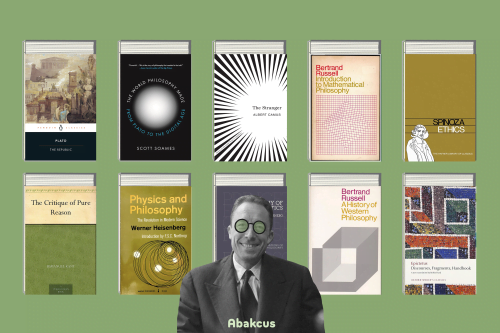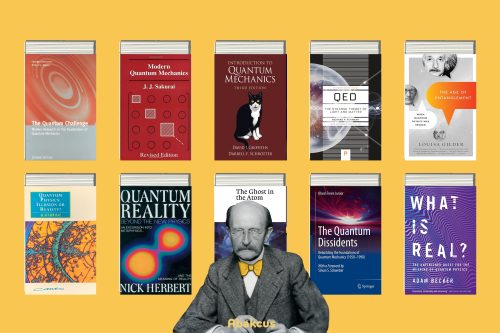Welcome to your guide to 100 outstanding math books that every math enthusiast should consider for their personal library. Whether you’re a seasoned mathematician, a high school student, or just someone who loves numbers, these math books will enrich your understanding and appreciation for the beauty and complexity of mathematics. Dive in and uncover the wonders of the mathematical world with these beautiful 100 math books!
Having a home library is far from a luxury – it’s a necessity. Books aren’t just pages filled with words but gateways to other worlds, reservoirs of knowledge, and tools for sparking imagination. It’s crucial for every household to have a well-stocked library – one that caters to the interests and passions of each family member.
The mere presence of books at home fosters a reading culture, nurtures an environment of learning, and encourages curiosity and exploration. Moreover, a home library is a communal treasure that contributes to the overall enrichment and wellness of the entire community. So fill your shelves with as many books as you desire, and let the magic of reading bring joy and wisdom into your home.
According to an increasing amount of research, growing up with a home library can greatly enhance adult literacy, numeracy (math skills), and technological competence. The most significant improvements are seen when there’s an increase in the number of books in smaller home libraries. This means that even adding a few books to your home library can profoundly impact your family. Each book you add is a step towards fostering a richer learning environment at home, boosting your family’s skills, and contributing to the overall intellectual growth of your household.
Increasing the size of your home library is not a monumental task but a journey of a few steps. Start by adding a handful of books to your home; before you know it, you’ll have a burgeoning collection. It doesn’t have to be a significant investment all at once; you can slowly build your library, one book at a time.
Take it from having no books at home to having a few, and then from a few to a few more. It’s doable! Every single book you bring in is a reservoir of knowledge waiting to be explored, a story waiting to be told, and a window into a different realm of understanding.
Interestingly, a report found that homes with just 20 books can significantly affect a child’s future education. Yes, you read that right – 20 books! It’s not about covering every inch of your home with bookshelves or draining your savings to make a vast library. Instead, it’s about creating a learning space, a haven of knowledge, no matter how big or small. So, even if you start with a couple of books on a single shelf, you’re making a difference. Each book counts; each book matters.
Just as a balanced diet needs various nutrients, a balanced library requires diverse books. When it comes to mathematics, the field is vast and varied. Your math library should reflect this diversity, hosting math books that delve into the different branches of math – algebra, calculus, geometry, statistics, and more. Not only does this broaden your understanding of the field, but it also allows for a more comprehensive exploration of the subject.
Diversifying your math books collection exposes you to different perspectives, theories, and methods in math, subsequently enriching your learning experience. So, consider adding a mix of math books to your library – some that are theoretical, some that are application-based, some that offer problem-solving strategies, and some that tell the history of math. Remember, every math book added opens a new chapter of learning and discovery.
100 Beautiful Math Books for Your Math Library

Having been a devoted curator of math books for quite some time, I’ve had the pleasure of amassing a collection that spans a broad spectrum of the subject. Today, I am thrilled to share with you 100 math books that have found a special place on my shelves.
These math books have played an instrumental role in my journey through the mathematical universe, and I hope they offer you the same joy, intrigue, and enlightenment that they have brought me. Let’s embark on this numerical adventure together with these beautiful math books.
Have you ever looked at a plate of pasta and wondered about the mathematical patterns in the shapes? If so, you need to get your hands on Caz Hildebrand’s book, The Geometry of Pasta. This visually stunning book is part cookbook, part math lesson that explores the mathematical shapes and structures behind some of our favorite comfort food.
The Geometry of Pasta by Caz Hildebrand is an amazing book that combines math, art, and food. It is a unique experience that draws you in with its creative story and captivating illustrations. Whether a math person or a book lover, this book has something for everyone.
The Geometry of Pasta is divided into two sections. The first section covers the basics of geometry, explaining why some pasta shapes are better than others for different sauces and flavors. It includes detailed descriptions of the history and evolution of each shape, as well as diagrams to illustrate how they fit together. The second section contains over 50 recipes incorporating these basic geometrical shapes into delicious meals.
Hildebrand’s writing style is light and entertaining. She takes complex concepts like trigonometry and makes them accessible by connecting them to everyday items like spaghetti or penne rigate. The book also provides helpful sidebars that provide additional insight into topics like Italian culture or food science. Combining her knowledge of mathematics with her passion for cooking, Hildebrand has created an engaging story about how humans have used geometry to create flavorful dishes throughout history.
The Geometry of Pasta follows the journey of two friends—Chef Jacob Kenedy and award-winning designer Caz Hildebrand —on their quest to make the perfect pasta dish. From shapes to angles to measurements, this book entertainingly introduces basic geometry concepts. You will love following along as Kenedy and Hildebrand work together on their recipe while learning some mathematical principles.
Another reason The Geometry of Pasta is so special is its beautiful illustrations. Created by award-winning artist Caz Hildebrand, each page features stunning visuals to draw readers in. The black-and-white colors and detailed drawings bring the story to life, making it even more enjoyable for readers.
Whether you are a math person or not, The Geometry of Pasta is a great read for anyone interested in learning more about the geometry or just wanting to have fun with friends! Even if you do not consider yourself a “math person” per se, do not worry – this book inspires and motivates readers!
To summarize, if you want to learn more about geometry or look for an interesting coffee book, look no further than The Geometry of Pasta by Caz Hildebrand! This beautiful book combines math concepts with art and food and will surely become one of your favorite reads! So grab your copy today – you will not regret it!
In a surprising turn of events, my journey into the world of mechanical engineering took me to a place I never imagined. Working on innovative automotive pushrods brought me face-to-face with the complexities of geometry and the importance of precision in design. Little did I know, measuring roundness and concentricity can be extremely challenging without sacrificing the pushrods themselves!
While “How Round Is Your Circle?: Where Engineering and Mathematics Meet” may not directly address this dilemma, it certainly delves into intriguing related questions. How does one draw a straight line? How can you verify the roundness of a circle? Surprisingly, these seemingly trivial problems play a vital role in engineering design. In How Round Is Your Circle, the authors aim to show mathematicians the significance of practical engineering problems and how small changes can have a big impact.
The authors’ fascination with analog scientific instruments is evident throughout the book. They include a range of physical models and provide instructions on how to make and use them. From hatchet planimeters crafted from coat hangers and washers to ingenious linkages, these models offer a hands-on exploration of mathematical concepts.
While How Round Is Your Circle? lacks a cohesive storyline, it is a treasure trove of captivating content for those who share the authors’ passion. It covers geometry, trigonometry, and elementary calculus, offering valuable examples and applications that can be applied in educational settings. However, it falls short of truly exploring the vast intersection of engineering and mathematics.
In “How Round Is Your Circle?“, the authors offer a glimpse into an intriguing world where precision and innovative thinking collide. While it may not fully live up to its title, it certainly sparks curiosity and offers a thought-provoking exploration of the meeting point between two fascinating fields.
Prepare to embark on a captivating journey through the fascinating world of paradoxes with Stanley J. Farlow’s “Paradoxes in Mathematics.” While the title may not fully capture the wide range of intriguing topics covered in this book, Farlow’s curated collection of paradoxes is sure to pique your curiosity.
One of the standout paradoxes explored in this book is “The China Paradox.” Farlow deftly explains why children who dig deep holes in the United States won’t end up in China, but rather find themselves resurfacing in the middle of the Indian Ocean. This paradox, although not as mind-bending as it initially seems, offers an entertaining and diverting fact that will leave you captivated.
Farlow adopts a casual and engaging writing style, making complex mathematical concepts accessible to readers of all levels. Some chapters, such as “Through Cantor’s Looking Glass,” provide excellent introductions to more advanced topics like transfinite cardinals. These chapters will undoubtedly be a valuable resource for educators. Additionally, Paradoxes in Mathematics covers a range of other captivating subjects, including probability, physics, fractals, and more.
While Farlow’s passion for mathematics is evident in the meticulous curation of this book, some chapters may feel familiar to readers well-versed in the subject. However, for younger readers seeking to develop a love for mathematics, this book offers a delightful and stimulating experience. The puzzles and Greek ciphers at the end of each chapter add an extra layer of enjoyment and challenge.
In summary, “Paradoxes in Mathematics” is a labor of love that promises an enjoyable and entertaining exploration of the captivating world of mathematics. Whether you’re a math enthusiast or simply curious about the paradoxes that shape our understanding of this discipline, this book is sure to provide a fresh perspective and ample moments of joy and discovery.
Perplexing Puzzles and Tantalizing Teasers offers a treasure trove of mental exercises for young problem-solvers. With 93 unique and varied puzzles, young readers will have hours of engaging, challenging fun. From the classic mazes to unusual word and picture puzzles, Martin Gardner offers a diverse range of activities designed to strengthen young mental muscles.
Math enthusiasts will particularly enjoy mind-benders like The Maze of Minotaur and The Dime-and-Penny Switcheroo. Whether attempting to solve Mr. Bushyhead’s Problems or Find the Duck, this book is sure to captivate and stimulate young minds with its fascinating puzzles.
Mathematics, as defined by W. W. Sawyer in his book “Prelude to Mathematics,” is the study of all possible patterns. With such a broad definition, it’s no wonder that the field of mathematics seems to have few boundaries and endless possibilities. From practical applications to abstract concepts, the study of math is an exhilarating and mind-expanding journey.
In “Prelude to Mathematics,” Professor Sawyer provides a clear and accessible introduction for anyone seeking to understand the mathematician’s cast of mind. With five preliminary chapters exploring the beauty, power, and mysticism of math, readers will gain a deeper appreciation for the importance of pattern, generalization, and unification in this fascinating field.
The language and common mathematical proving techniques are introduced in this work. It serves as a transition from the computational courses (such as calculus or differential equations) that first-year college students normally take to a more abstract perspective. It lays the groundwork for more theoretical courses like topology, analysis, and abstract algebra. There is essentially no prerequisite other than a certain level of mathematical maturity, though it might be more meaningful to the student who has taken some calculus.
Sets, logic, counting, conditional and non-conditional proof techniques, disproof, inuction, relations, functions, calculus proofs, and infinite cardinality are among the topics covered.”
If you’re interested in the history of mathematics, then William Dunham’s book is a must-read. In Journey through Genius, Dunham takes an approach similar to examining masterpieces in literature, music, and art. But instead of novels or symphonies, Dunham focuses on theorems as the creative milestones of mathematics.
Dunham’s writing style is clear and easy to understand. He provides enough historical background on the mathematicians and their theorems without overwhelming the reader with a history lesson. The mathematics itself is presented in a clear and concise manner, with notation that is easy to follow. Dunham strikes the perfect balance between explaining the math and leaving room for further exploration.
As a mathematics teacher, I have used this book extensively in my calculus course. It brings together important topics from the undergraduate program and gives students a glimpse into the world of mathematical research. It serves as an invitation for students to dig deeper into specific topics of interest.
The theorems discussed in Journey through Genius range from Euclidean propositions to Archimedes’ determination of the area of a circle. Dunham also covers lesser-known topics such as Heron’s Formula for the area of a triangle. The book offers a comprehensive overview of the important milestones in mathematics, including the work of Newton and others.
In conclusion, Dunham’s Journey through Genius is a classic in the history of mathematics. Not only will readers deepen their understanding of mathematics, but they will also gain insight into the personalities of the brilliant mathematicians behind these theorems.
Flatland is a delightfully unique and highly entertaining satire that has charmed readers for more than 100 years. The work of English clergyman, educator, and Shakespearean scholar Edwin A. Abbott describes the journeys of A. Square, a mathematician, and resident of the two-dimensional Flatland, where women-thin, straight lines-are, the lowliest of shapes, and where men may have any number of sides, depending on their social status.
Through strange occurrences that bring him into contact with a host of geometric forms, Square has adventures in Spaceland (three dimensions), Lineland (one dimension), and Pointland (no dimensions) and ultimately entertains thoughts of visiting a land of four dimensions—a revolutionary idea for which he is returned to his two-dimensional world. Charmingly illustrated by the author, Flatland is not only fascinating reading, and it is still a first-rate fictional introduction to the concept of the multiple dimensions of space.
School mathematics can often be a dreary endeavor for students, but for those willing to explore beyond its confines, there are countless mathematical curiosities to be found. Ian Stewart, a magpie-like collector of mathematical wonders, has compiled a private cabinet of delights for all to see. This collection contains a plethora of mind-bending curiosities, such as how to extract a cherry from a cocktail glass (which is harder than one might imagine), a pop-up dodecahedron, and even tips on how to make money through proving the obvious.
Amidst these fascinating tidbits, there are keys to unlocking the greatest mysteries in mathematics, including Fermat’s Last Theorem, the Poincaré Conjecture, and the perplexing P/NP problem, which boasts a one million-dollar reward for its solution. Inside this cabinet, you’ll find beguiling secrets about well-known figures like Pythagoras and prime numbers, as well as anecdotes about the greatest mathematicians of all time. Who knows what treasures you’ll discover when you explore the drawers of the Professor’s cabinet.
Our Mathematical Universe is a journey to explore the mysteries uncovered by cosmology and discover reality’s nature. Our Big Bang, our distant future, parallel worlds, the sub-atomic and intergalactic – none of them are what they seem. But there is a way to understand this immense strangeness – mathematics. Seeking an answer to the fundamental puzzle of why our universe seems so mathematical, Tegmark proposes a radical idea: that our physical world is not only described by mathematics but that it is mathematics. This may offer answers to our deepest questions: How large is reality? What is everything made of? Why is our universe the way it is?


